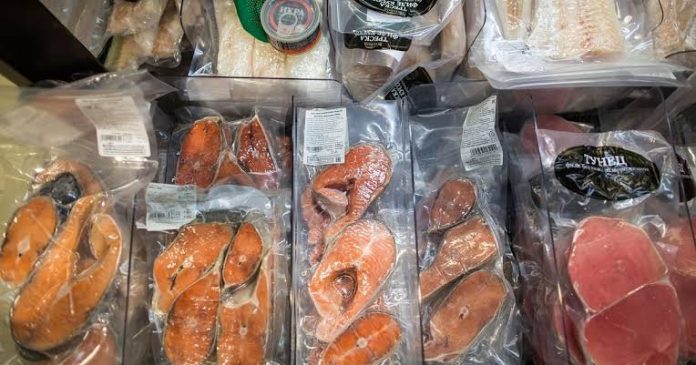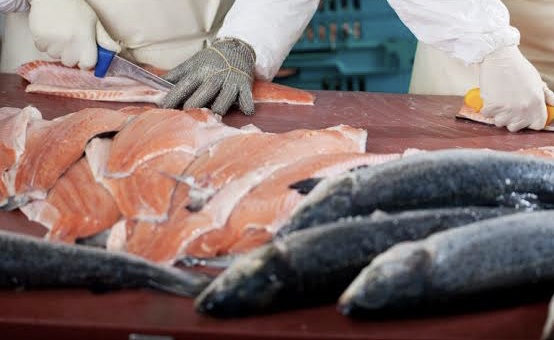
Recently, speculations emerged that China’s fresh outbreak–another wave of infections–was due to the frozen or chilled Salmon imported from the different countries, though it is still blurry if it happened because of the imported salmon. Though the origin of the source of the spread of the second spell of infections in China is unclear, it has popped up plenty of considerable questions in mind. Did it happen via salmon? Does the coronavirus spread via frozen food? Could it be possible for an individual to catch the coronavirus through frozen items?

Belief got affirmed when it was declared that some samples from the chopping board used for the imported salmon tested positive for the coronavirus. This speculation enforced authorities to caution people to stay away from raw salmon. Moreover, markets and restaurants have pulled the salmon from their shelves quickly after hearing the news.
To make this concept clear in many minds about the transmission of viruses through carrying frozen food items, we have gathered a pile of views from well-known health officials, doctors, and science experts.
As per Jin Dong-Yung, a virology professor at the University of Hong Kong:
Viruses such as retrovirus, Hepatitis A virus can easily be transmitted through chilled food items via the passage of the G.I.T tract.
However, as far as SARS-CoV-2 is concerned, studies so far show, the virus does not convey through consumption of filthy food items.
Virus transmission through the respiratory tract is not yet known for the spread via contaminated food.
Although, further studies and inspections are needed to come up with authentic information regarding whether it transmits through contaminated food consumption or touch.
As per Virologist at Tsinghua University, Cheng Gong
The virus requires viral receptors to inject and infect the body cells, without these receptors they are unable to enter into the cells. All the effective study and evidence collected so far suggest fishes do not contain that type of receptors, they are only found in mammals.
According to Wu Zunyou, Chief Epidemiologist of China’s Centre of Diseases Prevention Control
Fishes are unable to catch the virus in their natural place of living, though they can probably be contaminated during transportation and capturing.
Virus is able to stay alive for upto three months on the surface of frozen food items.
He suspected the latest outbreak might have spread through chilled salmon or the infected individuals arriving in Beijing might have caused the fresh cases to surge.
Eyal Leshem, Director of the Centre for Travel Medicine and Tropical Diseases, Sheba Medical Centre, Israel stated:
There is not enough evidence to prove that the virus has spread through imported salmon, as it is unlikely for the virus to be transmitted through food–even frozen ones, food containers, and packaging. Massive transmission of virus happened through close contacts of an infected individual to the healthy ones. This is the most probable way that allows the novel coronavirus to be transmitted.
Transmission can occur in case if people touch the food such as meat and fish when they are ill, thus spread of virus could be possible this way.
The risk from frozen food items becomes very low if you have followed the food preparation guidelines properly.
Paul Tambyah, president of the Asia Pacific Society of Clinical Microbiology and Infectious Diseases, said:
Research shows virus survival changes with the temperature changes and the alteration of humidity level.
The virus can survive a day when the surrounding temperature is at 37C (98F), for a week when it is 22C (71F), and can stay alive up to two weeks at 4C (39F).
The data that has been presented is for exanimate solid surfaces.
“I am a little sceptical that this outbreak in the market was actually related to a source thousands of miles away carried through frozen food.”
This is all that our experts say about the coronavirus spread via contaminated or frozen food items. This may help clear your thoughts to some extent.











